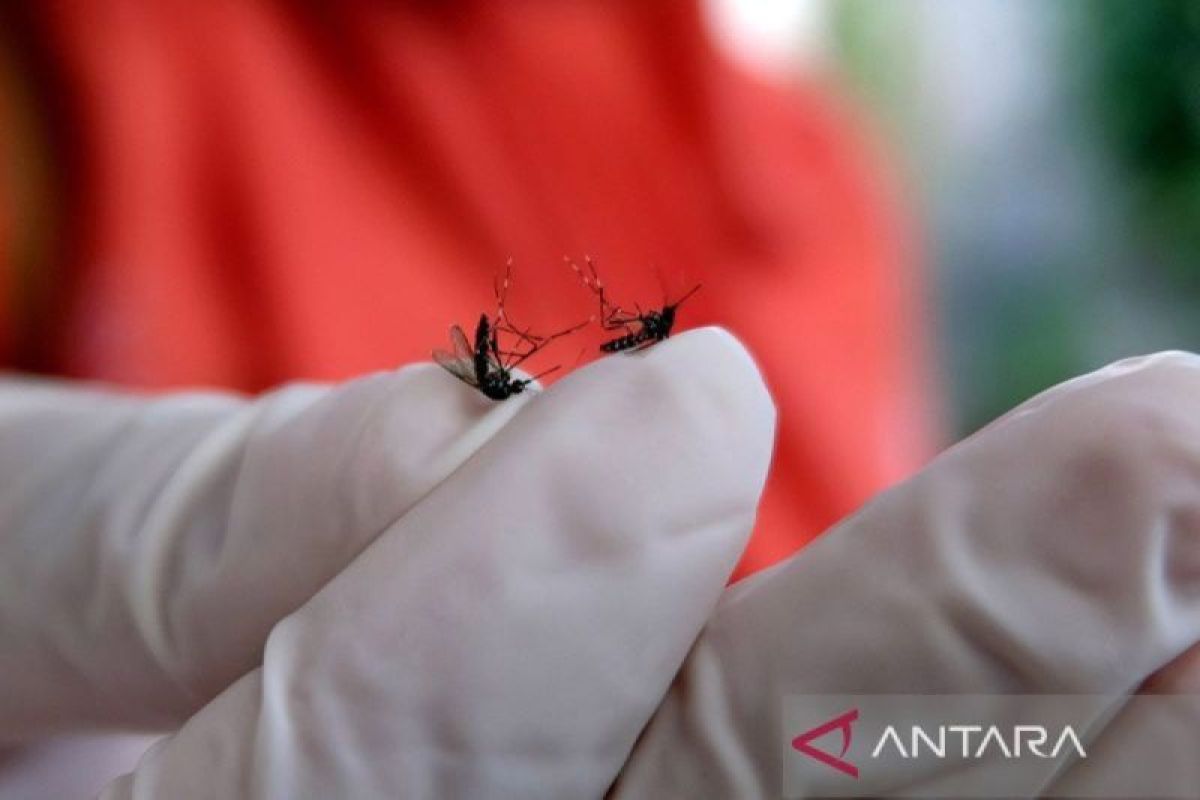Dengue fever (DBD) is a serious disease that is transmitted by mosquitoes, specifically the Aedes aegypti and Aedes albopictus species. These two types of mosquitoes are the main culprits behind the spread of dengue fever in Indonesia.
Aedes aegypti and Aedes albopictus have some key differences that make them unique in terms of their ability to transmit the dengue virus. Aedes aegypti is the primary vector for dengue fever, meaning that it is the main carrier of the virus and is responsible for the majority of dengue cases in Indonesia. This species is known for its preference for urban areas and its ability to breed in small, stagnant bodies of water such as flower pots, tires, and containers.
On the other hand, Aedes albopictus is a secondary vector for dengue fever, meaning that it is less efficient at transmitting the virus compared to Aedes aegypti. However, Aedes albopictus is still capable of spreading dengue fever and is commonly found in rural areas, forests, and other natural environments. This species is known for its ability to adapt to different climates and its preference for biting during the daytime.
Despite their differences, both Aedes aegypti and Aedes albopictus are capable of transmitting the dengue virus to humans through their bites. The virus is present in the mosquito’s saliva and is transmitted to humans when the mosquito feeds on their blood. Symptoms of dengue fever include high fever, severe headache, joint and muscle pain, and rash. In severe cases, dengue fever can lead to dengue hemorrhagic fever (DHF) and dengue shock syndrome (DSS), which can be fatal if not treated promptly.
Preventing the spread of dengue fever in Indonesia requires a multi-faceted approach that includes eliminating breeding sites for mosquitoes, using insect repellent, wearing protective clothing, and seeking medical treatment if symptoms of dengue fever develop. By understanding the differences between Aedes aegypti and Aedes albopictus and taking appropriate precautions, we can reduce the risk of dengue fever and protect ourselves and our communities from this potentially deadly disease.
